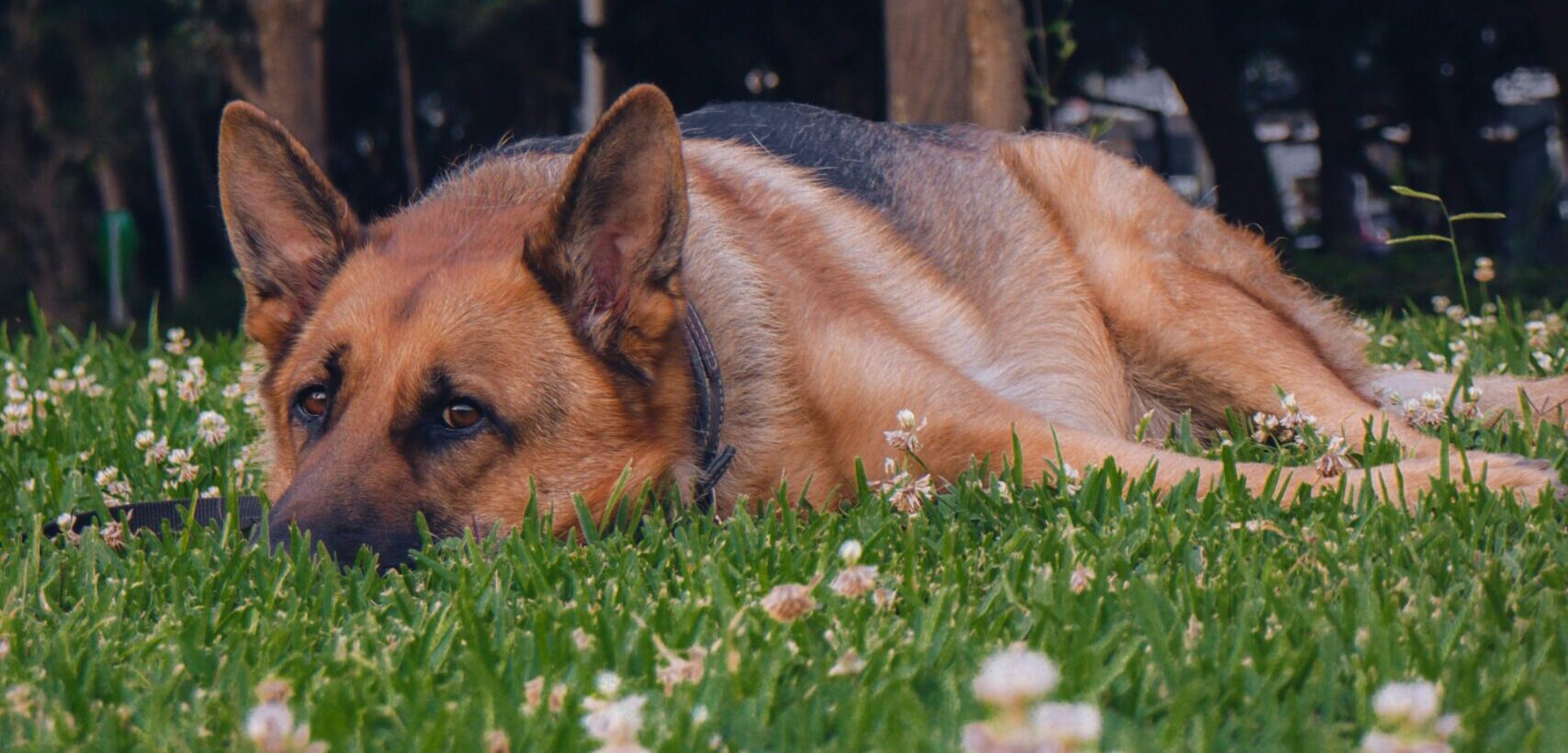Your cart is currently empty!

Why Is My Dog So Anxious? Tips for Relaxation and Leash Training
Posted by:
|
On:
|
Let’s talk crazy and relaxed.
My dog Pixie deals with anxiety and tension. She is on high alert all the time. It’s a mixture of lack of training, socialization, and genetics. The long road of training has included rewarding my dog for relaxing and being at peace.
So there I was cuddling with the dogs on the couch feeling completely relaxed. Relaxing is such a similar feeling to tiredness: I have struggled my whole life to identify which was which. It’s been a long road for me too.
When I was a child, whenever I finally was able to relax, my bio mother would push into my room, not even turning the handle. It was almost always accompanied by screaming. This was a daily occurrence. That clack of metal and wood now sends me shooting up from my bed in fear. I lock my bedroom door to this day.
Much like my dog, I learned that relaxation was something to be feared—something that, if we did, would lead to being in danger. I made it my life’s goal to make sure that never happened to anyone in my care. When children spilled things, they were not punished. We said, “Oh no! Let’s pick it up.” They don’t get in trouble for mistakes. When the have big emotions, I listen, I empathize, and I reframe.
Understanding Dog Anxiety
The same approach applies to dogs. When there is an accident in the house, that’s exactly what it is—an accident caused by a language barrier or an overwhelming fear.
Pixie, for example, is scared of the wind blowing and rain falling through the trees. In fact, if any unfamiliar noise happens, she stops what she is doing and jumps up. My little brother Simon once said, “Do you think [dogs] hear the thunder outside and think it’s a bigger dog barking?” Such wisdom, such empathy. Si is a mixture of empathy and creativity. The point really is: that kind of fear is paralyzing, and chronic.
How to Use a Leash for Relaxation Training
Helping your dog relax involves showing them it’s safe to be calm. Here’s a simple training technique I use with Pixie:
- Leash Setup: Put your dog on a leash and step on it to keep them nearby. This limits their movement and encourages them to settle down.
- Ignore Until Relaxed: Don’t interact with them at first. Simply let them figure out that they can’t do much else except relax.
- Reward Calmness: Once they lay down or show signs of calming themselves, say “Good” in a calm voice or use a clicker.
- Gradual Affection: Refrain from petting them immediately. Wait until they consistently show calm behavior.
Doing this daily for 15-30 minutes will help your dog learn that relaxation is not only safe but also rewarding. Over time, this creates a more peaceful environment for both you and your furry friend.
The Link Between Human and Dog Anxiety
While I was relaxing with my dogs, that inexplicable fear started popping up for me too—that old memory of waiting for the door to burst open or rain to fall from the trees. This is a lesson for all of us: to reward our body and brain (and our dogs!) for relaxing.
By creating a safe space for our pets and ourselves, we’re fostering a bond built on trust, not fear.
Tips for Helping Your Dog Overcome Anxiety
- Consistency is Key: Dogs thrive on routine. Practice relaxation exercises daily.
- Create a Safe Space: A cozy, quiet area where your dog feels secure can help them de-stress.
- Avoid Punishment: Mistakes and accidents happen. Use positive reinforcement to guide behavior.
- Monitor Triggers: Notice what causes your dog’s anxiety and try to minimize exposure while building their confidence.
Try these relaxation techniques with your dog today, and let us know how it goes! Share your stories in the comments or on social media using #RelaxWithYourDog. Happy Training!
